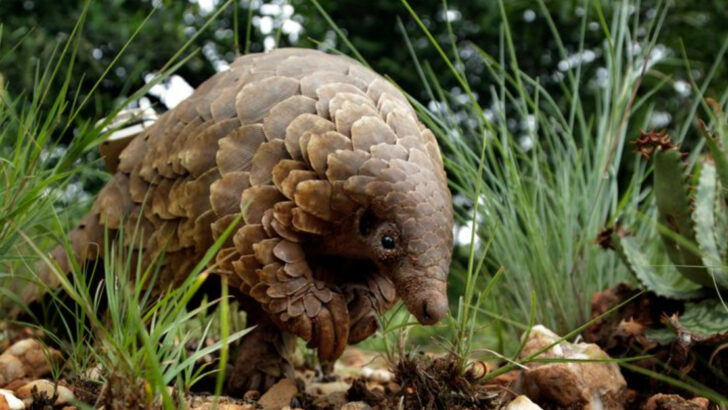It wears armor like a dragon, curls up like a roly-poly—and has been poached more than elephants and rhinos combined. The pangolin, nature’s strangest and most stolen mammal, is finally getting the protection it desperately needs. After years of slipping through legal cracks, all eight species are now on track to be listed as endangered in the U.S.—a move that could slam the brakes on American involvement in the global black market. This isn’t just another conservation update. It’s a lifeline. For an animal hunted for its scales, smuggled in suitcases, and sold by the ton, every shred of protection matters. Let’s talk about the pangolin’s wild journey—from overlooked oddball to global conservation icon. And why, this time, the law might actually be on its side.
Chinese Pangolin
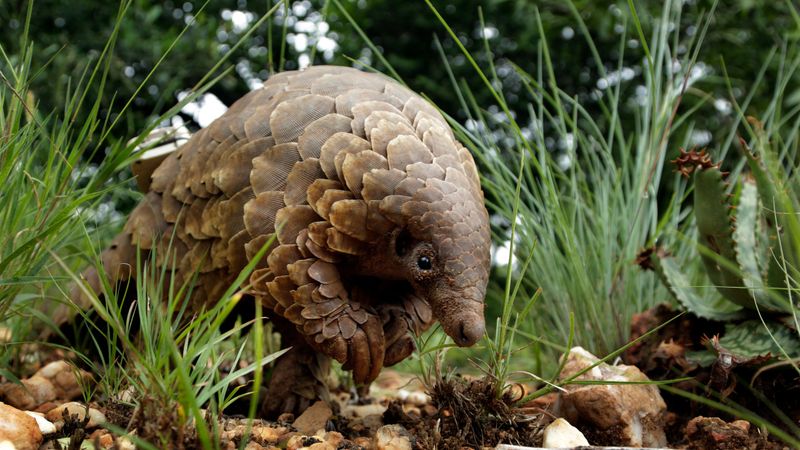
In the dense forests of Asia, the elusive Pangolin roams silently in search of ants. Its unique armor, formed by tough scales, provides an enigmatic allure. This creature, though small, plays a big role in its ecosystem by controlling insect populations. Sadly, its scales and meat have made it a target for illegal trade. Despite its vulnerability, the Pangolin’s resilience is inspiring conservation efforts worldwide. With protection under the Endangered Species Act, there is hope for its survival. A mystical creature, the Pangolin captivates with its quiet charm and ecological significance.
Indian Pangolin
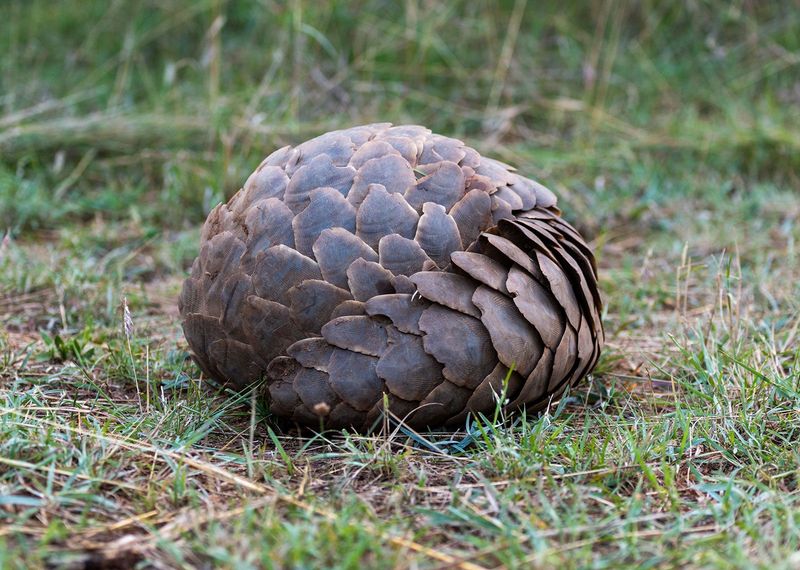
The Indian Pangolin, found across the Indian subcontinent, is a master of defense, curling into a ball when threatened. This peculiar behavior, combined with its scaly armor, makes it nearly invulnerable to predators. Unfortunately, these defenses are ineffective against poachers. The illegal demand for its scales and meat has driven this species towards endangerment. Conservationists are working tirelessly to change its fate. Listing under the ESA is a beacon of hope. The Indian Pangolin’s ability to thrive in diverse habitats highlights its adaptability, yet it remains at the mercy of human greed.
Sunda Pangolin
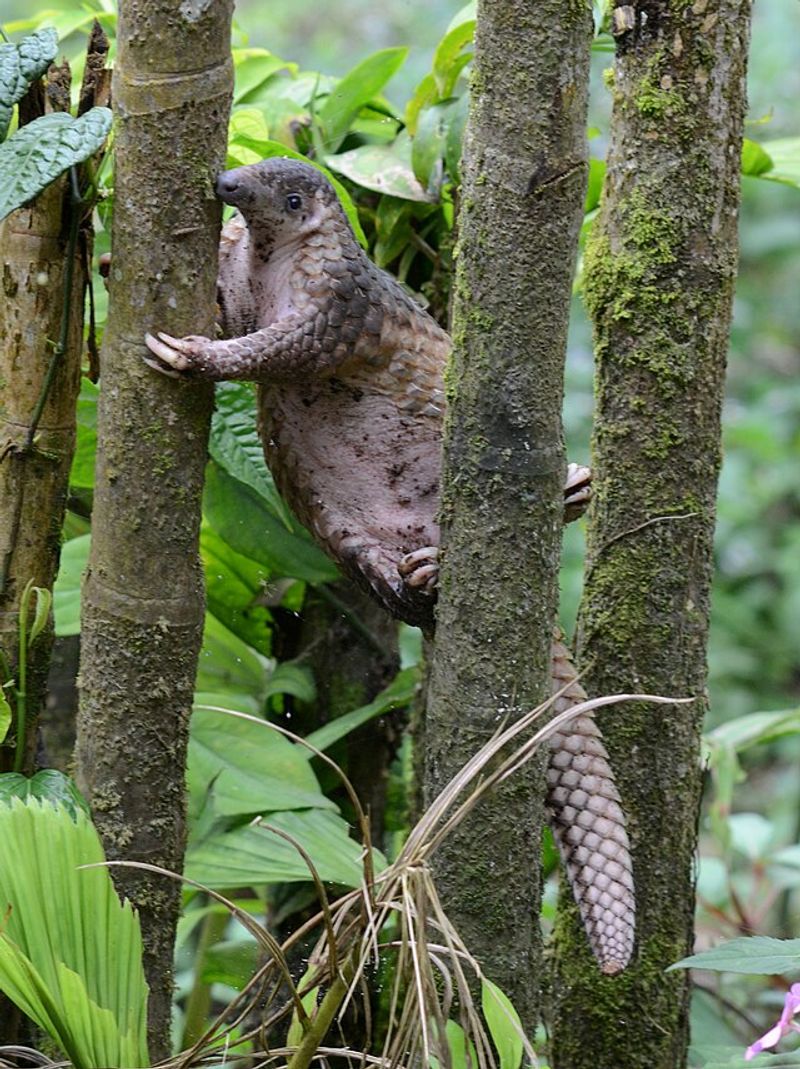
In the rainforests of Southeast Asia, the Sunda Pangolin glides effortlessly through trees, its scales shimmering like armor. This nocturnal creature is a vital part of the ecosystem, keeping insect populations in balance. Yet, it is one of the most trafficked mammals, driven by demand for its scales. Efforts to protect this species have intensified, with the U.S. now stepping up to bolster conservation measures. Under the ESA, the Sunda Pangolin’s future looks brighter. Its remarkable climbing ability and night-time adventures make it a fascinating subject of study and admiration.
White-bellied Pangolin
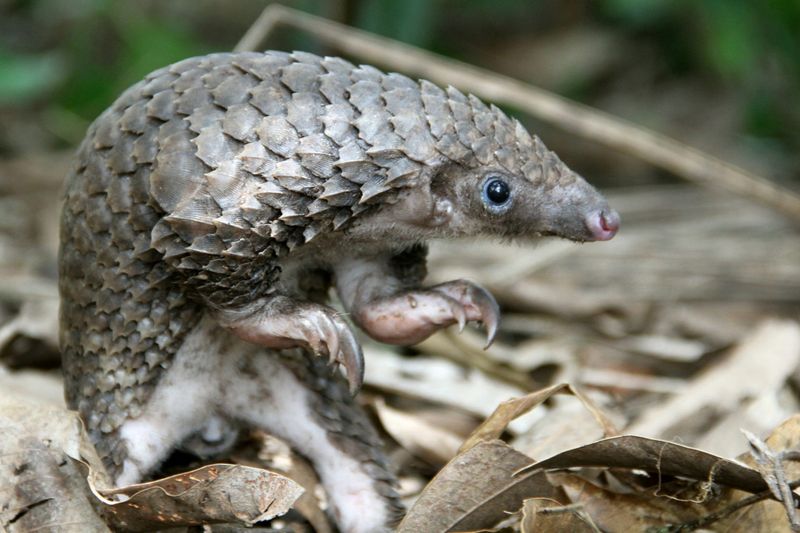
The White-bellied Pangolin, with its distinct white underside, is a marvel of the African jungles. Its long tail assists in navigating the dense canopy, making it an agile and adept climber. This species’ unique adaptations are unfortunately overshadowed by the rampant poaching for scales. Efforts to bring this pangolin under the protective wing of the ESA are underway. Its survival is crucial for maintaining the ecological balance in its habitat. The White-bellied Pangolin’s existence is a testament to nature’s ingenuity, yet human actions have put it in peril.
Black-bellied Pangolin
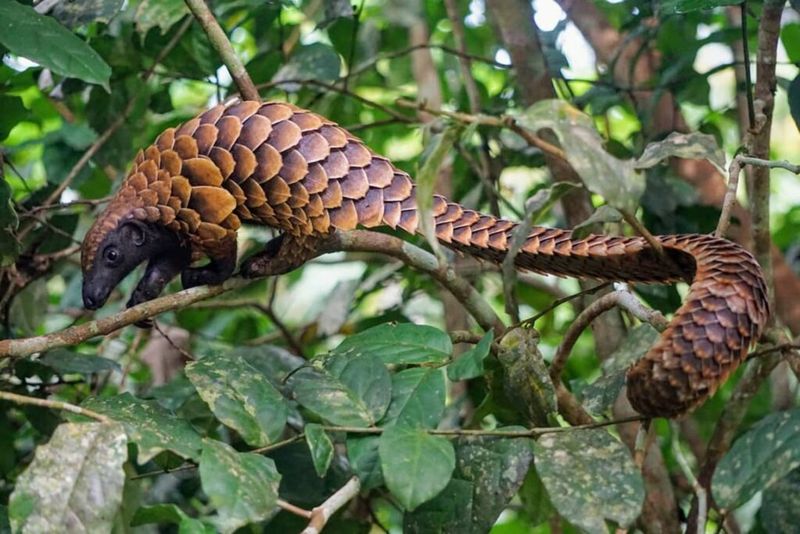
With a striking contrast between its black belly and earthy scales, the Black-bellied Pangolin is a forest floor wanderer. Native to the tropical forests of Africa, it relies on a diet of ants and termites. Its distinctive appearance and habits make it a rare sight, often overshadowed by the threat of illegal trade. The ESA’s proposal to protect this species is a critical step towards securing its future. Admired for its unique color pattern, the Black-bellied Pangolin is a symbol of the delicate balance within its ecosystem.

